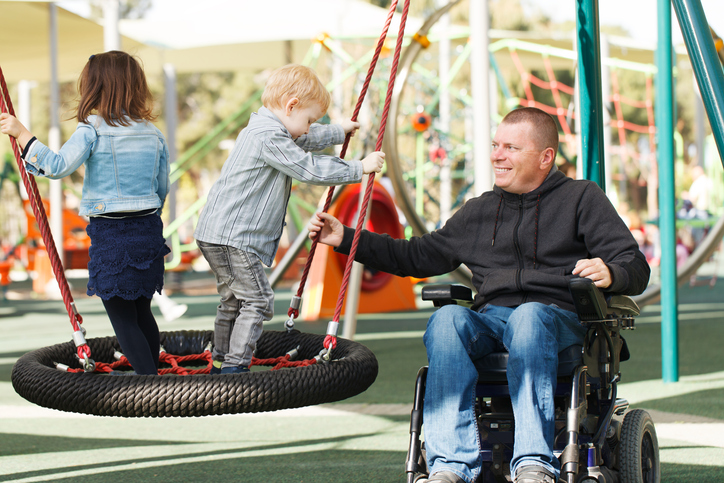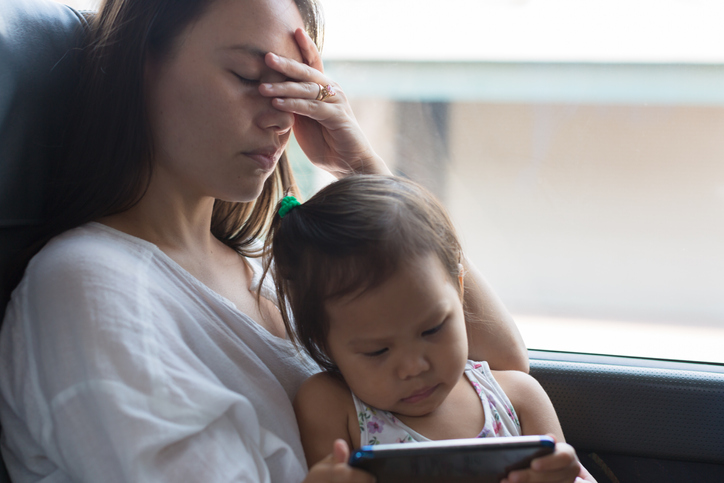Living with Chronic Pain
How to Help Children and Teens Explain Their Chronic Pain to Peers

Communication about chronic pain to those who have never experienced it can be difficult. This is especially true for teenagers and children. Most resources on chronic pain tend to center around adults. There is also a common misbelief that younger individuals do not experience chronic pain.
The inability to talk about chronic pain with friends can lead to frustration and isolation. Caregivers of a child or teen should consider discussing different approaches to help them explain their pain and symptoms to their peers.
Ensure self-awareness
Children and teens often find it challenging to explain their chronic pain condition to their others because they may not have a solid understanding of it. Talk to them about their condition and be prepared to answer any questions. Give them age-appropriate explanations for what their condition is, why it causes them to be in pain, and symptoms they may experience. Having a good understanding of their condition can help them explain it better to friends.
Spoon theory
One way to explain how chronic pain affects daily life is to use “the spoon theory.” Developed by Christine Miserandino, the spoon theory uses spoons as a metaphor for energy. One spoon represents the energy it takes to complete a task with a chronic health condition. The spoon theory helps people with chronic health conditions explain to others how much energy is used doing certain activities. For example, every person has a limited number of spoons in their personal supply of energy for the day. Different activities diminish the supply of spoons as the day progresses.
Analogies
The use of analogies to explain chronic pain can be particularly useful for children. It helps them understand and contextualize the condition and symptoms. Youth or their caregiver might explain different aspects of chronic pain through analogies, such as “recovery is like climbing a mountain. There isn’t always one direct path to the top, but a path full of ups and downs, twists and turns, and obstacles. Sometimes, when met with an obstacle, a mountain climber has to change their path, but this does not mean they are giving up.”
Encourage honesty, respect and privacy
Children and teens are often secretive about their conditions due to embarrassment, shame or frustration. Encourage them to have open and honest conversations with their peers about their condition. However, respect their decision to not disclose medical information to their peers if that is what they choose. There are certain instances where an adult should know the situation, such as a teacher or a friend’s parent in the case of sleepovers and visits. When possible, it is also important to give children and teens the time to disclose their condition.
Additional sources: Health Central, Special Interest Group on Pain in Childhood: International Association for the Study of Pain, and But You Don’t Look Sick.com


















